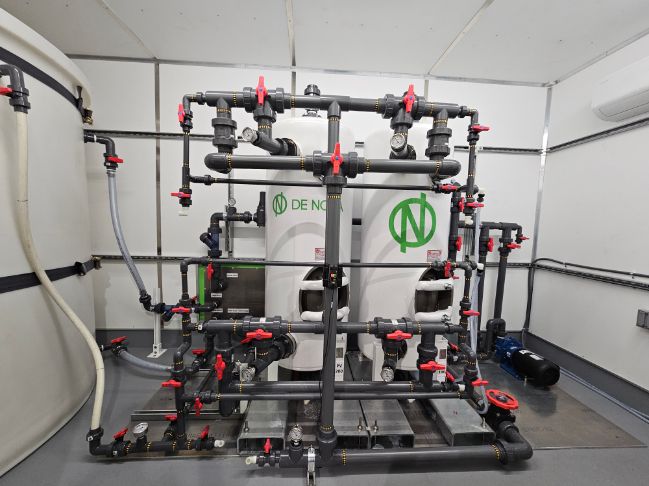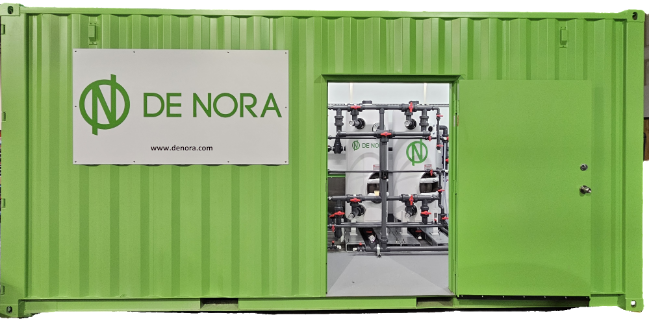To go further on this topic, we have more content for you !
SORB product page: With over two decades of demonstrated effectiveness, SORB contaminant removal systems help solve environmental, regulatory, and public health water treatment challenges and are best available technology (BAT) for PFAS, Arsenic and other contaminants of concern.
Blog - How a PFAS Pilot Treatment System Can Reduce the Total Cost of Ownership
The blog highlights the importance of conducting a PFAS pilot study for water treatment plants to ensure compliance with upcoming regulations by June 2029. Pilots help avoid costly mistakes by thoroughly assessing water quality, operational compatibility, and media replacement needs. An ideal pilot duration of 12 to 18 months captures comprehensive data, including seasonal variations. Treatment options like Granular Activated Carbon (GAC) and Ion Exchange (IX) are evaluated during the pilot. De Nora’s expertise and innovative vessel designs help optimize costs and ensure regulatory compliance.
Blog - An Introduction to PFAS in Drinking Water
PFAS (Per- and Polyfluoroalkyl Substances) are man-made chemicals used since the 1940s in products like firefighting foam and non-stick cookware, known for their persistence in the environment. Exposure to PFAS can lead to health issues such as reproductive effects, developmental delays in children, increased cancer risk, and immune system interference. The U.S. EPA has established regulations for PFAS in drinking water, requiring public water systems to monitor and reduce PFAS levels by 2029. Common treatment methods include ion exchange (IX) and granular activated carbon (GAC). De Nora offers tailored PFAS removal solutions, leveraging extensive expertise and innovative technologies to ensure regulatory compliance and public health safety.




